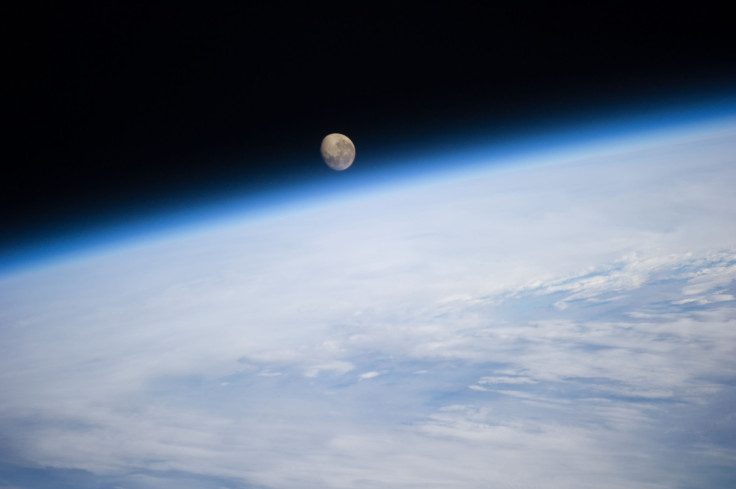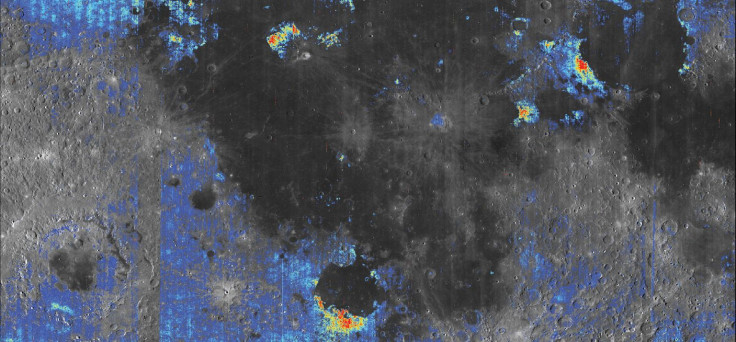Water On The Moon Is Widespread, May Not Be Easy To Access

In contrast to most earlier studies about the presence of water on the moon, new analysis of data captured by two lunar missions shows the liquid may be present at all times across large parts of Earth’s only natural satellite. However, it may not be water that we are used to, and it may also be difficult to access.
Some earlier studies suggested water was restricted mostly only to the higher latitudes of the moon, near its polar regions, and that the presence varied depending on whether it was day or night (one day-night cycle on moon lasts about 29.5 Earth days), or that it was inside craters on the lunar surface, where sunlight didn’t reach.
The new finding was based on a detailed model, created using measurements made by the Diviner instrument on NASA’s Lunar Reconnaissance Orbiter, which were combined with data from the NASA-designed Moon Mineralogy Mapper, a visible and infrared spectrometer that was on India’s Chandrayaan-1 orbiter.

“We find that it doesn’t matter what time of day or which latitude we look at, the signal indicating water always seems to be present. The presence of water doesn’t appear to depend on the composition of the surface, and the water sticks around,” Joshua Bandfield, a senior research scientist with the Space Science Institute in Boulder, Colorado, and lead author of the new study, said in a statement Friday.
Most of the water on the moon may not be the H2O (two atoms of hydrogen and one of oxygen) we find on Earth, however. Instead, it may exist primarily as a more reactive relative called hydroxyl, or HO. Being more reactive, it makes chemical bonds quickly and attaches to other molecules. Therefore, it would need to be extracted from minerals before it could be used. The water on the moon doesn’t move about between different regions either, the study found.
“The next step is to determine whether it’s water, hydroxyl, or a mixture of the two — and where it came from. Is it from external sources, delivered by comet or asteroid impacts? Is it from internal processes on the Moon itself, such as ancient volcanism? Or could it be an ongoing process of the solar wind reacting with lunar materials to create OH or H2O?” Michael Poston of the Southwest Research Institute in San Antonio, Texas, a coauthor on the study, said in another statement.
Understanding the presence of water/hydroxyl on the moon, as well as its accessibility, is important if humans are to set up any lunar bases in the future. The compounds can be broken down into their constituents — hydrogen and oxygen. The former can be used as fuel, while the latter would be important for breathing.
The study, titled “Widespread distribution of OH/H2O on the lunar surface inferred from spectral data,” appeared online Feb. 12 in the journal Nature Geoscience.
© Copyright IBTimes 2025. All rights reserved.



















